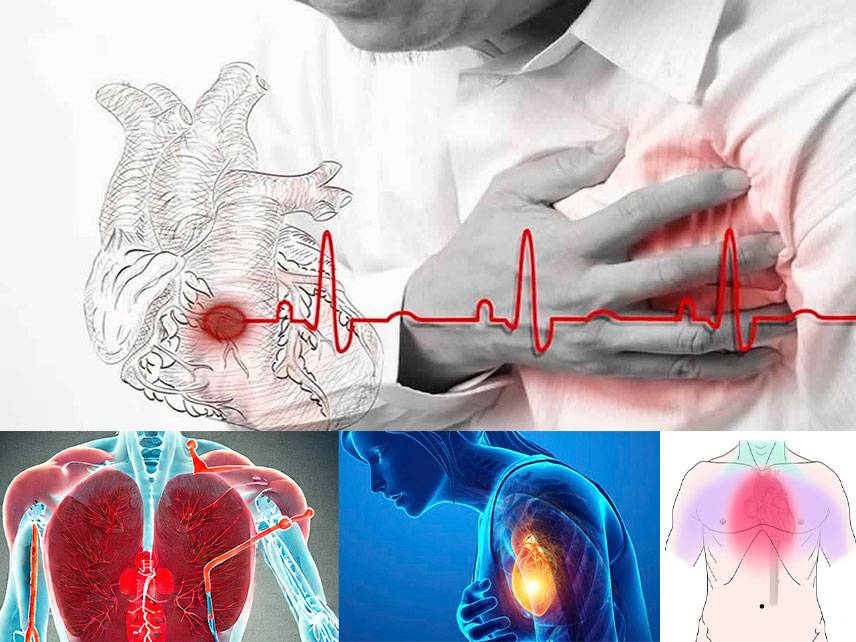
What is Angina pectoris: symptoms, diagnosis, treatment?
Angina pectoris is a type of chest pain caused by reduced blood flow to the heart. Symptoms of angina pectoris include a squeezing sensation in the chest, a feeling of heaviness, tightness, or pressure in the chest, pain that spreads to the arms, neck, or jaw, shortness of breath, and fatigue. Diagnosis of angina pectoris is usually done through medical history, physical examination, electrocardiogram, and stress testing. Treatment for angina pectoris can include lifestyle changes, medications such as nitrates, beta-blockers, and calcium channel blockers, or surgical procedures such as coronary angiography or angioplasty. In some cases, angina pectoris can be prevented with lifestyle changes and medications.




